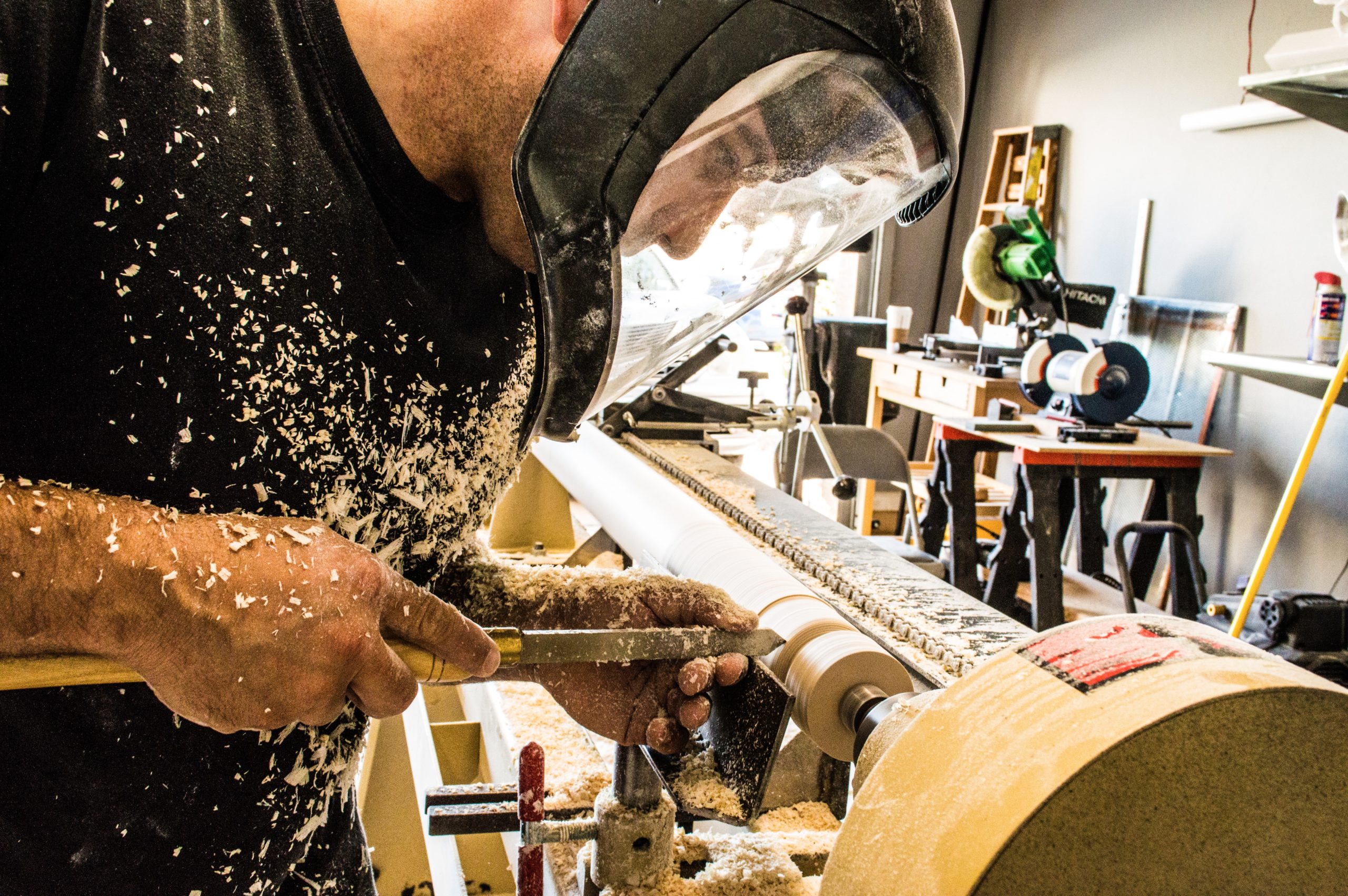How to Spark Interest in STEM Studies

Do you want your child to have an interest in STEM (science, technology, engineering, and math) education?
Many children are uneasy about approaching STEM. It’s full of complex concepts that can be overwhelming. For this reason, many children do not reach their full potential in the field.
There’s a lot of job opportunities in STEM. To reach those opportunities, you need to instill an interest in STEM at an early age. But how can you do this?
You must make STEM accessible to young learners if you want them to participate, regardless of their disability or background. STEM classes for kids are a great place to start. In addition, there are everyday STEM activities you can do at home that will promote interest in STEM.
Learn 8 ways that you can encourage your children to pursue STEM.
Keep reading to learn 8 ways that you can encourage your children to pursue STEM.
1. Talk About Practical Applications of STEM
 Your child may struggle to understand how STEM education applies to their life. In reality, STEM touches every aspect of their life. It's important to point out STEM in your day-to-day activities. Your microwave, phone, car, and television are all the results of STEM research. Children who don't want to pursue a STEM field can benefit from this education as well.
Your child may struggle to understand how STEM education applies to their life. In reality, STEM touches every aspect of their life. It's important to point out STEM in your day-to-day activities. Your microwave, phone, car, and television are all the results of STEM research. Children who don't want to pursue a STEM field can benefit from this education as well.
- What kinds of activities does your child enjoy or find interesting? Consider how STEM can apply to them. For example, woodworking. While woodworking is "trade-based," a knowledge of math and engineering is necessary. You need geometry to cut the angles. You need to plan a draft like an engineer.
- What about baking? It's a common saying that baking is a science, and there's truth behind that. Making measurements on the fly is crucial for a successful bake. You need to understand proportions and mixing.
- If you have dietary restrictions, it's useful to know the science of ingredient interactions. This is a game-changer when it comes to finding adequate replacements.
Assure your child that STEM isn't a boring field that only exists in labs and classrooms.
2. Use Technology
Children in 2021 are more than familiar with all kinds of technology. They use it for education, fun, and socializing. When you use tech to spark interest in STEM, you're meeting your child "where they're at". Young learners may not comprehend how technology and STEM connect. Without STEM, their phones, games, and computers wouldn't exist.
Use this to your advantage. There are plenty of games that can help your child become more comfortable with STEM. Try Code Academy if your student has an interest in computers. Coding is a great skill to have on your resume.
You can also seek out the assistance of a virtual tutor, which can provide countless benefits for students struggling with STEM subjects. While distance learning can introduce its own challenges, following distance learning best practices can help your child remain engaged with the subject matter at hand.
3. Challenge Children to Problem Solve
 All children should be encouraged to improve their problem-solving abilities. When you teach a child to problem-solve (instead of giving them answers), you're encouraging flexible thinking. You're teaching them how to think, not what to think.
All children should be encouraged to improve their problem-solving abilities. When you teach a child to problem-solve (instead of giving them answers), you're encouraging flexible thinking. You're teaching them how to think, not what to think.
These skills are essential for any position in the STEM field. Problem-solvers are able to work around difficult concepts and roadblocks.
There are plenty of ways you can encourage problem-solving. Begin by solving problems yourself. Your child will observe you and catch on. Keep in mind that part of this process is allowing your child to fail. As children gain more interest in solving problems, they'll see more value in STEM. They may seek out the challenges that STEM provides to help further flex their problem-solving muscles.
4. Manage Any STEM Struggles
 STEM learning is difficult, and that's okay. Even advanced learners struggle with the concepts STEM education presents. Don't let this deter you or your child from continuing. Students can get discouraged when they're unable to learn something right away. This is a normal response, and practice problem-solving should help. But what happens when your child isn't able to solve this problem without help?
STEM learning is difficult, and that's okay. Even advanced learners struggle with the concepts STEM education presents. Don't let this deter you or your child from continuing. Students can get discouraged when they're unable to learn something right away. This is a normal response, and practice problem-solving should help. But what happens when your child isn't able to solve this problem without help?
That's when you know that it's time to enlist a tutor or tutoring service. A good STEM tutor will teach in the way that your child learns. This is different from what they receive in the classroom.
Your way (or the teacher's way) of teaching isn't wrong. There are all kinds of learners out there. A tutor can present STEM education in a way that's accessible to your child.
5. Encourage Creativity
 Many people misjudge the value of creativity in STEM. Creativity contributes to problem-solving skills. But that isn't the only reason that it's so valuable.
Many people misjudge the value of creativity in STEM. Creativity contributes to problem-solving skills. But that isn't the only reason that it's so valuable.
Consider the creativity required in a bridge-building physics project. There are many ways to design a bridge. Your student must engage their imagination to come up with a design. There are so many ways that you can encourage creativity in your child. First, don't neglect the importance of art classes. Physical art, writing, and music all contribute to critical thinking. Many great scientists were also musicians and artists!
Research suggests that art classes may even rewire certain neural pathways. If your child isn't interested in art, let them get creative in other ways. Consider games in which they're able to create and modify their own worlds. Or projects where they can build things, like Legos.
6. Support Electives and Extracurriculars
Education is vital to develop an interest in STEM. But you should encourage elective activities as well.
Most schools offer elective activities that help students develop STEM skills. Does your young learner participate in academic challenges like science fairs or competitions? These things force your child to approach problems in new ways. Science fairs are many children's first introduction to the scientific method.
It's important to encourage field trips. Many schools offer field trips to museums or outdoor locations. These trips provide learnings that traditional academic environments miss.
7. Create At-Home Projects
Your child can continue their learning at home if you create at-home projects for them. When you do projects with your child, you make learning fun, not arduous. These activities present a great bonding opportunity.
Projects don't have to be complicated. The complexity will vary depending on the age of your child. Young children can participate in STEM-related activities as well. They won't even realize that they're learning.
- For example, try making crystals with sugar. This is an easy activity you can do with home materials. It's appropriate for all grade levels.
- A classic science class experiment is the egg drop. You can do the drop with household items and kids love it. Your child's job is to create a structure that will keep the egg safe when it falls. To do this, your child will need to apply physics to their structure.
The egg drop is fun, messy, and a great at-home activity. It allows your child to flex their problem-solving skills while learning about motion and force.
8. Explore the Outdoors
 You don't need anything at all to teach your child about the importance of STEM. Take a nature trip for some "real life" classes in the outdoors. Many people think STEM belongs in the domain of academia and the lab. But this isn't true. The world around you is comprised of scientific concepts.
You don't need anything at all to teach your child about the importance of STEM. Take a nature trip for some "real life" classes in the outdoors. Many people think STEM belongs in the domain of academia and the lab. But this isn't true. The world around you is comprised of scientific concepts.
- Try a simple activity, like gardening. Take your child through the process of buying or finding seeds. Plant the seeds together and care for the new plant. Watch how it develops. This is biology in action.
- You can also teach your child about taxonomy while on a nature walk. Have them identify the plants and animals you come across, and look them up on your phone. What is the species? What about the family?
Children love interacting with nature and learning about science. By encouraging this love, you're encouraging an interest in STEM.
Spark Your Child's Love of STEM
STEM is overwhelming for many children, but it doesn't have to be. When you encourage your child with STEM-related activities, you're starting them on a journey -- a journey of problem-solving that will empower the rest of their life.
Children like to learn, and it's your job to encourage and facilitate this learning. Make it fun and see the change in your child.




